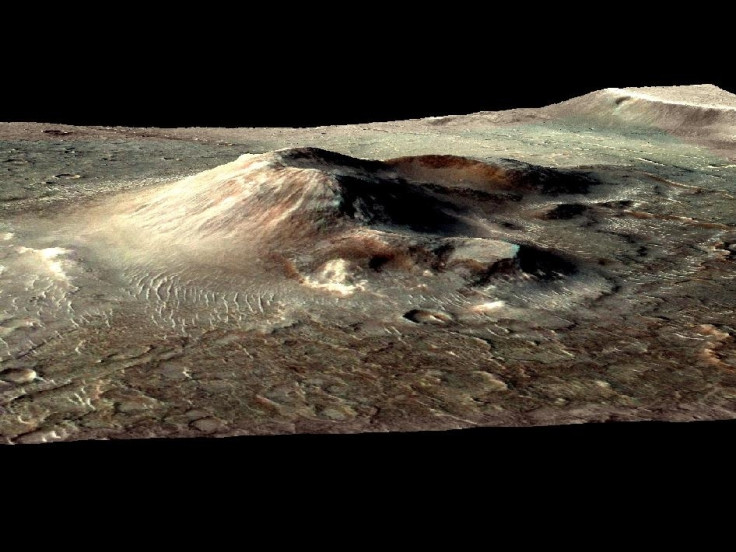Life on Mars possible? NASA discovers frozen water just an inch beneath the surface: Study
Latest data by NASA orbiterers uncover evidence of water on Mars.
Ahead of manned Mars exploration missions, NASA has made a groundbreaking discovery. According to a new study, water, one of the key resources for survival, might be available at an accessible location.
As per the CNN report, the knowledge of the availability of water on the red planet is just as important as knowing the location of water. This could assist in determining the landing site for the Mars' exploration missions in the future.
A study titled "Widespread Shallow Water Ice on Mars at High and Mid Latitudes" published in Geophysical Research Letters suggests that water ice might just be available an "inch beneath the surface" of the red planet.
Manned missions to Mars have been long in planning as its greatest challenge is sustenance and survival. NASA has been looking for ways to make essential resources available for the human explorers even before they arrive on the Martian lands. However, transporting all the vital supplies may not be viable.
Therefore, several NASA rovers have been exploring Mars' harsh territories for signs of life or evidence of water. Meanwhile, the latest data from NASA's Mars Reconnaissance Orbiter and the Mars Odyssey Orbiter suggest that they might have discovered frozen water just beneath the surface. This data will help scientists to decide the best place for astronauts to land and create their station.
"You wouldn't need a backhoe to dig up this ice. You could use a shovel," said Sylvain Piqueux, study author at NASA's Jet Propulsion Laboratory. "We're continuing to collect data on buried ice on Mars, zeroing in on the best places for astronauts to land," he added.
Previous studies have revealed that Mars was once a "warm" planet with water on its surface which may have favoured life. Things changed around 3.5 billion years ago leaving it with a thin atmosphere making the water evaporate. Nevertheless, water is said to be available in the form of ice just beneath the surface at the poles and mid-latitudes.
While many taverns such as the Mars' moon are freezing and inhospitable, the northern and southern hemisphere is said to have a better atmosphere suitable for landing. This is why these regions are more appealing for NASA's manned missions. In addition, the new map reportedly suggests that the frozen water might be available less than a foot beneath the dusty surface in Arcadia Planitia, a region in the northern hemisphere.

"The more we look for near-surface ice, the more we find," said Mars Reconnaissance Orbiter Deputy Project Scientist Leslie Tamppari. "Observing Mars with multiple spacecraft over the course of years continues to provide us with new ways of discovering this ice," he added.
© Copyright IBTimes 2025. All rights reserved.





















